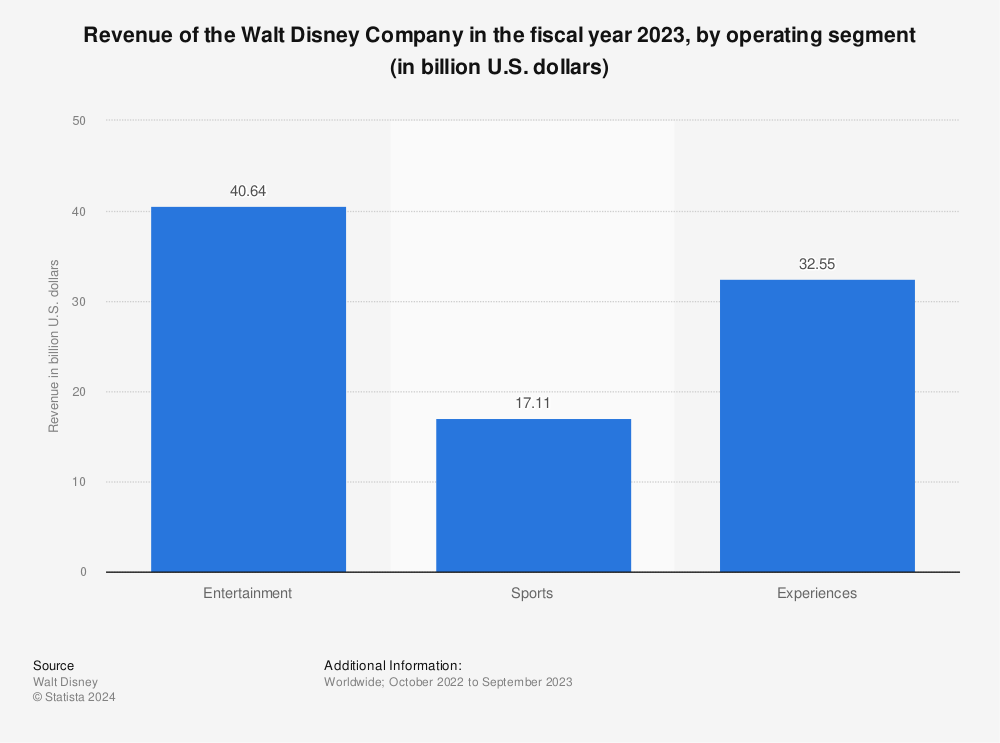

Let’s imagine Joshua is extremely fair and offers to split the 10 dollars evenly and offers Dominic 5 dollars. Dominic knows that there are 10 dollars available and so he will be fully aware of how much Joshua would get to keep and how much he is being offered.

Joshua is the proposer and will have a chance to split 10 dollars with Dominic. For example, let’s imagine that a round of the Ultimatum game is going to be played by Joshua and Dominic. If they do not agree and the responder rejects the proposer’s offer, then nobody receives any money. If that offer is accepted, the proposer and the responder each receive his or her agreed upon amounts. The proposer is placed in control of the money and has to make an offer to the responder. In a standard Ultimatum game, there is an amount of money that can be split between two players, a proposer and a responder. The situation places the monetary interests of two people into close association ( Güth, Schmittberger, & Schwarze, 1982). The Ultimatum game is a behavioral economics exchange game that is played over numerous trials. Krawczyk, in Reasoning, 2018 The Ultimatum Game We review some well-known research on the topic of responder rejections in the Neuroeconomics Experiments section below.ĭaniel C.

Economic theory based on self-interested preferences suggests responders should accept any positive offer and consequently, proposers should offer the smallest possible positive amount. Effects might also stem from varying the degree of anonymity among the subjects, or between the subjects and the experimenter ( Hoffman et al., 1996).Ī key focus of recent ultimatum game research has been to understand why responders reject low offers. An explanation is that this procedure changes the perception of “fair”, and draws attention to the importance of context in personal (as compared to market) exchange environments. As discussed by Camerer (2003, Chapter 2), ultimatum game results are highly robust to a variety of natural design manipulations (e.g., repetition, stake size, degree of anonymity and a variety of demographic variables).Īn important exception to the robustness results is reported by Hoffman and Spitzer (1985), who show that offers become significantly smaller, and rejections significantly less frequent, when participants compete for and earn the right to propose. When the proposal falls to 20% of the endowment it is rejected about half of the time, and rejection rates increase as the proposal falls to 10% and lower. The key result of ultimatum experiments is that most proposers offer between 40% and 50% of the endowed amount, and that this split is almost always accepted by responders. If rejected, then both the proposer and responder earn nothing for the experiment. If the division is accepted then both earn the amount implied by the proposer’s suggestion. The responder observes the suggestion and then decides whether to accept or reject. The proposer is endowed with an amount of money, and suggests a division of that amount between herself and her responder. In ultimatum experiments two people are randomly and anonymously matched, one as proposer and one as responder, and told they will play a game exactly one time. The Ultimatum Game, introduced by Werner Guth and colleagues (1982), is a simple, take-it-or-leave-it bargaining environment. Daniel Houser, Kevin McCabe, in Neuroeconomics (Second Edition), 2014 Ultimatum Games


 0 kommentar(er)
0 kommentar(er)
